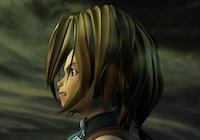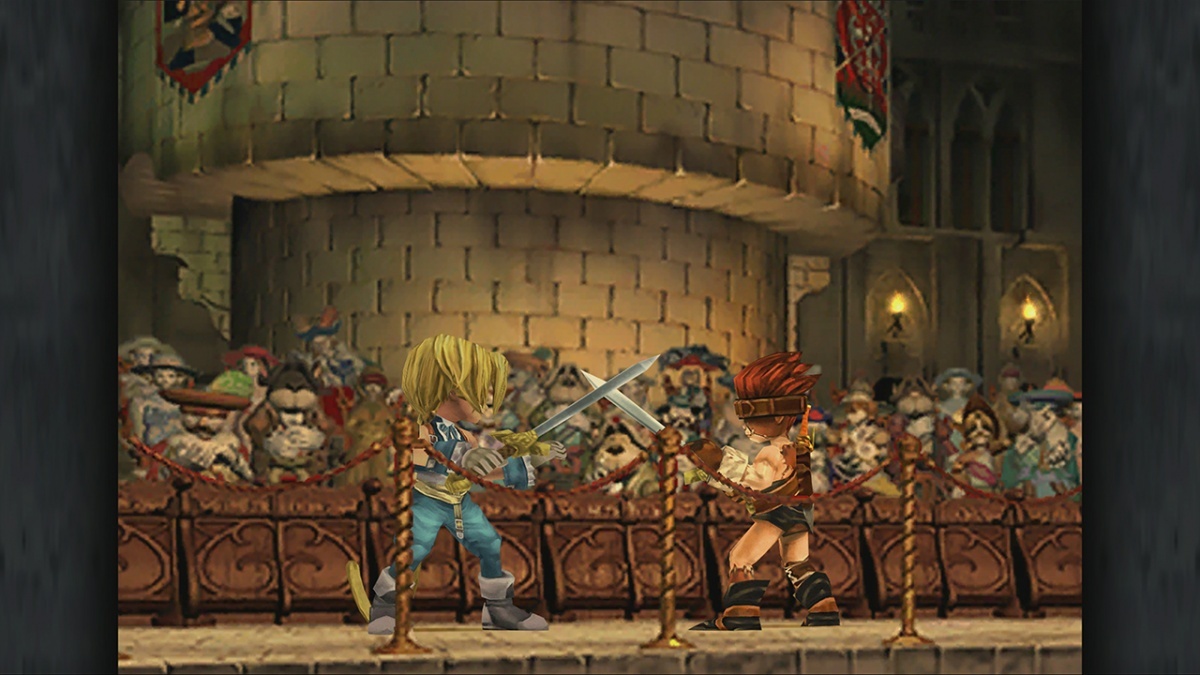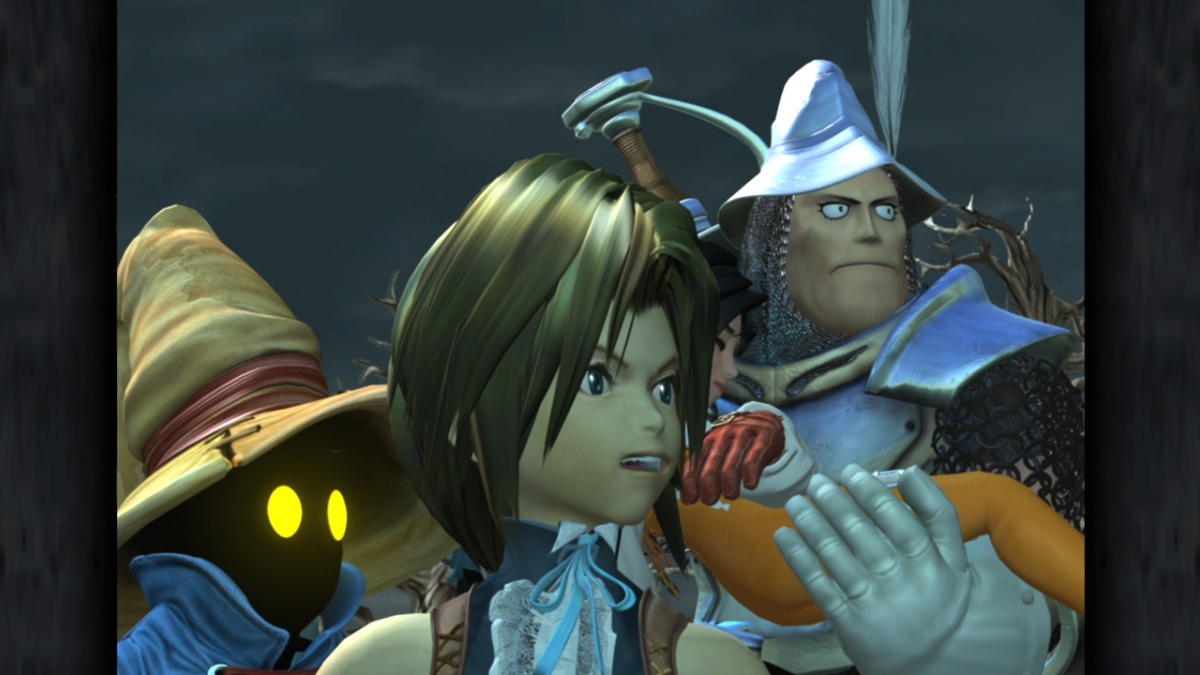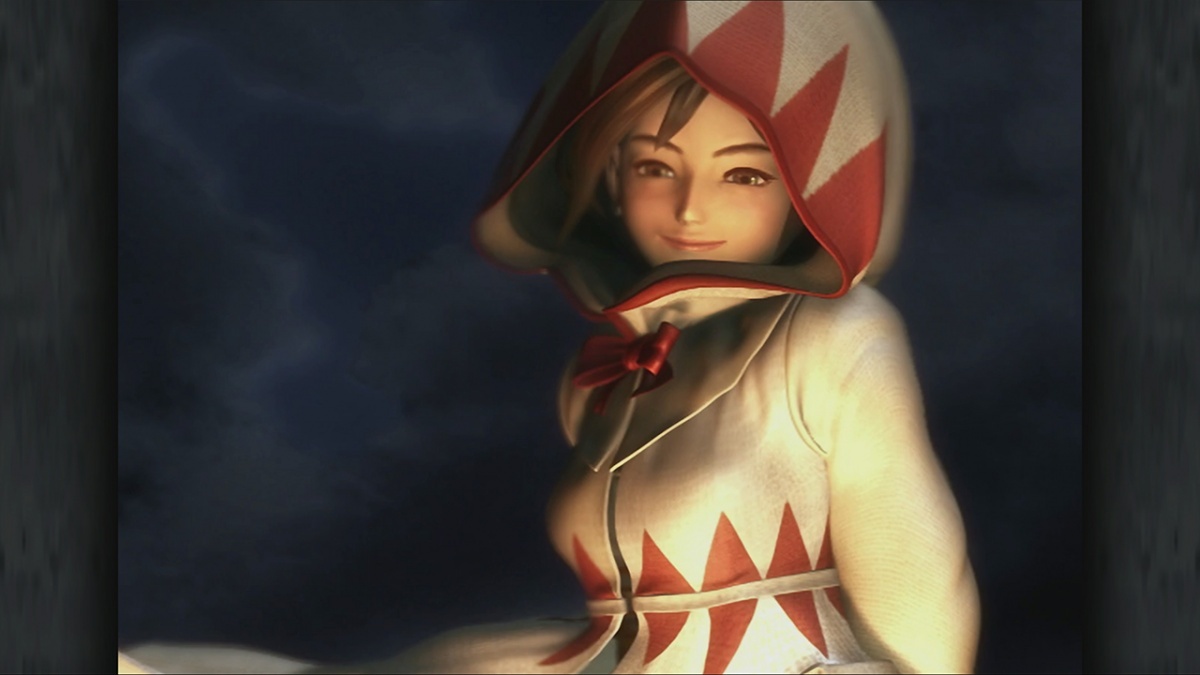Final Fantasy IX (Nintendo Switch) Review
By Rudy Lavaux  27.03.2019
27.03.2019

Mainline Final Fantasy instalments past Final Fantasy VII have been very noticeably absent from Nintendo systems for the last two decades. Now, with Nintendo's precious hybrid platform being the fastest selling system, and with software from third party publishers actually selling on it, those who wouldn't have anything to do with a Nintendo home console before are now jumping back on board... some with shoddy porting efforts, others actually putting some decent effort into bringing in some excellent versions of their older titles. Final Fantasy IX, in particular, has been the subject of many ports in recent years, on mobile, PC and PS4 form. This Switch release, accompanied at the same time by an Xbox One release for that matter, is based on those previous iterations. Was this particular version of Final Fantasy IX worth the wait for loyal Nintendo players, though and, for others, is it worth revisiting here?
Final Fantasy IX tells the story of a group of characters from different backgrounds, coming together through an almost impossible chain of events, and banding together to stop Queen Brahne of Alexandria from trying to conquer other neighbouring nations. The band of travelling theatre actors and thieves called the 'Tantalus,' of which Zidane is a member, are in Alexandria to both give their showing of "I want to be your Canary," a Shakespearean tale about an impossible love relationship... but all of this is a disguised attempt to kidnap princess Garnet of Alexandria. It turns out however that she wanted to get abducted by them in the first place. Steiner, captain of the Pluto Knights of Alexandria who vowed to protect the princess and serve his kingdom, pursues her and keeps trying to convince her to go back to the castle while a young black mage named Vivi tags along for the adventure by accident, and ends up sticking around after his travel with the rest of the group bring him to meet other black mages like him.
The story of Final Fantasy IX starts very intense, and is delivered greatly through a mixture of great character art and gorgeous FMVs, which show their age in character models, but hold up extremely well to this day, all rounded up by a peculiar system called ATE or Active Time Event, which allows the player to switch the view to events taking place at the same time in a different location, to get some new perspective on either main characters or other supporting roles like the Tantalus themselves. The content spanning the first two discs out of four of the original PS1 classic is absolutely great, but turns to simply good and interesting from there on out, sadly. The later part of the story ditches the light-hearted tones and focus on classic Final Fantasy tropes from FF to FFVI, in favour of a more dramatic and overly serious take on the main plot, more akin to FFVII and VIII.
This comes as a slight disappointment, not because of what it shifts to, but because it creates a disconnect and change of mood midway through that somewhat lessens the magic felt while experiencing what started off as a letter of love to what Final Fantasy used to be before FFVII, and which the series never truly went back to since. Nevertheless, the story here is very enjoyable indeed, and the classic battle system is a lot of fun, and even introduces the ability system where spells and passive abilities are learned through wearing certain weapons and pieces of equipment in combat, and earning Ability Points at the end of each battles. Eventually, those abilities remain permanently accessible to the character even if the piece of equipment is removed. That system would go on to remain a staple in the series, not for the mainline games, but the Final Fantasy Tactics Advance series.

Final Fantasy IX, as a re-release for mobile platforms, PC, home consoles, and now the hybrid Switch, packs a few extra, completely optional features that aim to make it more comfortable to play in this day and age. Those are referred to as boosters, and can be seen more as hacks or cheats, while others attempt to make some aspects of the game more comfortable to sit through. For one thing, three irreversible boosters are present in the options menu. One enables the automatic mastering of the aforementioned abilities upon equipping the piece of equipment that teaches it; another one puts all playable characters at level 99, and grants them 99 magic stones for equipping said abilities; and, finally, the third grants the player maximum gil, Final Fantasy's own in-game currency. Those three are there essentially to remove any need to ever grind for levels in the game, but also take away any of the challenge to be had otherwise. A few more options are present, and can be toggled on or off at will from the pause menu. One allows all characters to automatically deal 9999 damage from any single physical attack, while another toggles random encounters on or off entirely. An auto-battle system is now present as well, which automatically makes characters use their standard physical attack while Battle Assistance automatically fills up the ATB gauge, keeps characters HP and MP high, and makes them enter Trance mode much faster.
Finally, the biggest and arguably most useful feature is the speed booster, which makes the game run blazingly faster, though this does not apply to FMV playback, music playback, as well as in-game timers, including the game's own playtime tracker. This means that any activity that is limited in time such as digging for Chocographs, or the big monster hunt in Lindblum, can be played much faster than otherwise, while time still flows normally. Those are totally optional boosters that can either be seen as total cheats that break the game and are best left alone, or seen, for some of them anyway, as blessings that make grinding for abilities, gil, or experience, far less cumbersome than otherwise. Battles for example, as was customary, especially in those early days of 3D on consoles, can be a bit sluggish indeed at normal speed, so grinding at that normal speed, especially when not experiencing the game for the very first time, can feel extremely tedious. More options for slower degrees of game accelerations would have been welcome though, as the speed booster can indeed make things hard to control when engaged. Speaking of controls, each of those re-releases suffers from the issue: analogue controls are non-existent. This to say that, yes, the left joystick can be used to control character movement or for menu navigation, but the controls themselves are not analogue, since what is mapped to the joystick is simply the 8-directions of movement of the D-Pad.
This is common to all of those re-releases, and is frankly inexcusable since the PS1 original supported analogue controls out of the box. This does not make the game unplayable, by any means except in at least one instance: the digging mini-game with Choco the Chocobo. Analogue controls allowed to pinpoint an exact spot to dig, whereas this approach makes it very frustrating, which means that this whole overarching quest will be best experienced with the speed booster on and mashing the A button mindlessly to avoid losing sanity. Furthermore, and still on the topic of controls, the classic SquareSoft soft reset of the PS1 original, performed by holding down L1, L2, R1, R2, Select and Start (which on Switch would map to L, ZL, R, ZR, Minus and Plus), is gone altogether, forcing the player to back out of the game, close the app, and relaunch it to achieve the same result. An inexplicable loss of an otherwise great convenience to have. The last issue to address pertains to audio, and this is yet again one that has been present in all HD re-releases: background music does not pick up where it stopped after the end of a random battle, forcing the music to start back from the beginning after each battle - an inexcusable bug that Square Enix had years to fix across all platforms, and which really shouldn't have still be there for this port.

There was also another issue that was mentioned here in the review of the Android release of FFIX, which had to do with load times. The Switch is a mobile platform too at core, but thankfully, that issue is not present here, except for one particular use-case: every first random battle that loads after entering a new area that has a different looking battle screen from the last one, takes a few extra seconds to load. This is likely something that has to do with how the original game was coded, and which was not quite as noticeable there since load times were always slow no matter what, but it is noticeable here on the Switch anyway. Not a major concern, but it deserved mention.
Then there is one important matter to be discussed about the visual presentation. One must understand right out of the gate that the moniker that this release gets all over the internet, of being 'Final Fantasy IX HD', can be incredibly misleading. Let it be said outright: this release on Switch, or Xbox One, or any of those similar re-releases that came before, is not a proper remaster. It packs some tweaks that attempt to improve visuals with varying degrees of success, but that certainly does not amount to a making this release a proper remaster like the upcoming Final Fantasy X&X-2 HD Remaster, or Final Fantasy XII: The Zodiac Age, which are also scheduled for a release on Nintendo Switch in April 2019. As for what those tweaks are, they are as follows. First of all, the game runs at 1080p while docked, and 720p in portable mode. No surprise there, but there is a catch.
While this, like other RPGs of its time, relied on pre-rendered, 240p backdrops, does not translate very well to large panels. As a result, this release of Final Fantasy IX, as well as the other so-called HD releases that came before, relies heavily on a filter effect to try to smooth those backgrounds, but making them look understandably more blurry in the process. Those hold up surprisingly well on the handheld screen where the smaller nature of the display hides those blemishes to some extent, however when blown up on a large panel, things aren't quite as pleasing. The art of Final Fantasy IX was, in its day anyway, given the technical limitations of the original, PlayStation, absolutely amazing, and that doesn't show quite as well in this case. Granted, there wasn't much else that could have been done here without re-rendering those original assets at a higher resolution, or remaking the whole game from scratch. The original files that served in the making of those backgrounds in the first place, not to mention the software and the workstations that helped to do it, are certainly lost to time by now. This release was not intended as a remake anyway, but simply as an emulated port with some improvements where those could be brought in a cost-effective way.

In some cases, some re-rendering can be perceived, as is the case for all the HUD elements for example, as well as character portraits in menus or Tetra Master cards artwork, which are all displayed in higher resolution than in the original. The FMV cut-scenes also present a noticeable upgrade in encoding quality and resolution. They are still presented in the same, low frame-rate as in the original, but at least they do seem to be rendered in proper full 1080p. They look right at home on the Switch's handheld screen, and show only some minor compression artifacts when blown up on a large panel. Similarly, since the game runs at native HD resolutions in both modes, and with emulation help in getting rid of the infamous affine texture warping present in the original PlayStation version, 3D elements are pleasantly nicer looking than they've ever been before, although it could be argued that this presents a sort of disconnect with the otherwise still very low-res backgrounds.
Textures are now properly filtered and perspective correct, however in the overworld map, because the Playstation could not feasibly render vast open worlds without using a huge number of polygons to do so, sacrifices had to be made originally for it to work on PS1 hardware that now cause a new issue with that texture filtering in place. This is a tiling effect that makes it looks like the world map is divided in weird square shaped tiles, something that the original did not display. Finally, because this is still at the end of the day just an emulated port, some of the limitations of the original are still very much present, and the biggest of those is frame-rate. Final Fantasy IX runs at barely 10fps while in the overworld, 20fps in battles, and 30fps everywhere else. SquareSoft typically liked to rely on high-polygon count models in its games of the era, making heavy cuts to frame-rate to achieve those results, and Final Fantasy IX was no exception. This brings both a big benefit and a big disadvantage today, in this version : character models made for this 1994 piece of hardware hold up extremely well to this day, but the frame-rate at which the game is now stuck, even on Switch, does absolutely not hold up very well.
In conclusion, as far as the presentation goes, this is still obviously the best way to experience Final Fantasy IX on modern hardware and certainly beats plugging your old PS1 directly into a large HD panel, which quite frankly would be hard to go back to now if only because of lengthy load times. However part of the initial artistic vision is lost at this point and this is sadly the same fate that will plague all pre-rendered old games of that era that don't get a proper remaster. It fares much better on the smaller screen of the Switch in handheld mode, though, so there is that to consider. In fact, a re-release for the 3DS eShop of all things would have been perfect since the 240p display of Nintendo's old handheld would have magnified the original artwork brilliantly... but, at this point most should not hold their breath for it. Final Fantasy IX is a fantastic RPG still worth experiencing, even if everything with this re-release is far from perfect or ideal, and the Switch is a great platform to do it on, especially in handheld mode with proper physical controls built-in, as opposed to the Android and iOS releases.

Cubed3 Rating
Very Good - Bronze Award

Final Fantasy IX is an absolute must-buy and must-experience classic JRPG that deserved a home on a Nintendo console, and should have had one a long time ago. It starts off as the best and last proper throwback to older Final Fantasy titles of the late '80s and early '90s, but with all the enhancements that the technology of the day could afford, but also doesn't know whether to be Final Fantasy VII and VIII, or classic Final Fantasy towards the end, but overall, it is a magical experience to behold. Sadly, this is mitigated in every HD re-release by this being simply an emulated port, coupled with several issues in every re-release, including this one, that really shouldn't exist. At least, on the Switch's handheld screen, the art holds up better than on a larger screen, and this system has the benefit of being a portable system and portable FFIX is the best way to experience it. Some tweaks, however, are already long overdue at this point.

![]() 7/10
7/10
![]() 0
(0 Votes)
0
(0 Votes)
 Out now
Out now  Out now
Out now  Out now
Out now  Out now
Out now Comments
Comments are currently disabled

 Sign In
Sign In Game Details
Game Details Subscribe to this topic
Subscribe to this topic Features
Features





 Top
Top

